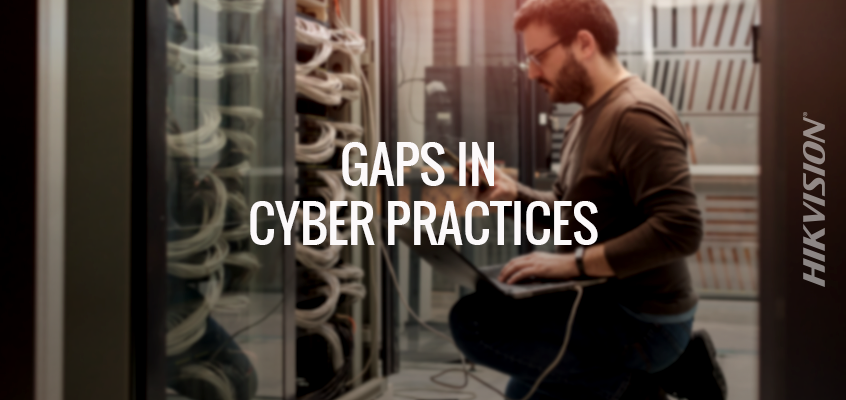SIA Asks Industry Members About Cybersecurity Approach, Uncovers Gaps in Cyber Practices
Hikvision Outlines Tips to Protect Yourself Online
The Security Industry Association (SIA) conducted a study, asking members of the security industry about their approach to cybersecurity, which uncovered significant gaps between respondents and “a lack of basic cybersecurity practices by some companies.”
The research found that 27 percent of respondents were hiring penetration testers to test their systems. Another 27 percent confirmed use of a dedicated firewall for system components running on their main business network. Despite that, only 73 percent of firms said they changed default passwords to strong unique passwords.
From the article: “We also found that only 73 percent were checking that all operating systems were supported and secured, and only 60 percent were checking for patches and updates. These are potential blind spots in terms of cybersecurity, and leaving devices unpatched, not updated, and using out-of-date operating systems all means more potential cyber weaknesses.”
Other findings included 47 percent using a separate network for their security system and 50 percent connecting equipment via SSL.
For more about the study, click here.
Hikvision’s recently published blog, “Protecting Yourself Online,” offers numerous tips from our cybersecurity director, Chuck Davis, on topics such as operating system security, web browser security, passwords and a bonus tip.
View additional Hikvision cybersecurity blogs here.

